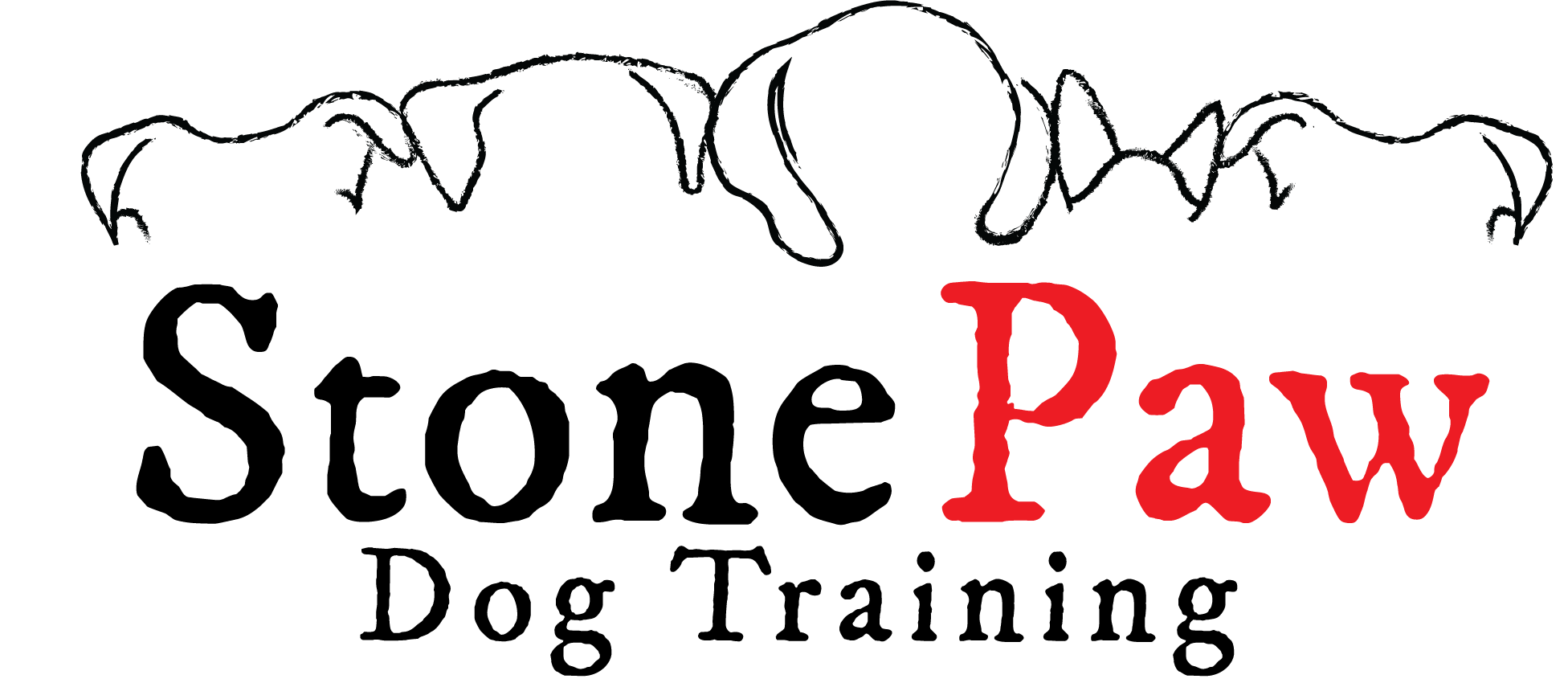Finding a Good Dog Breeder: A Comprehensive Guide
Are you ready to find a reputable dog breeder? Let's get started by going through this guide with us!
This comprehensive guide is your roadmap to navigating the world of dog breeders, ensuring you find not just any breeder, but a reputable and responsible one.
A responsible dog breeder is a guardian of a breed’s well-being, ensuring the puppies they produce are healthy, happy, and well-socialized. In this guide, we’ll explore the key factors that distinguish good breeders from the rest and provide you with the tools to make an informed decision.
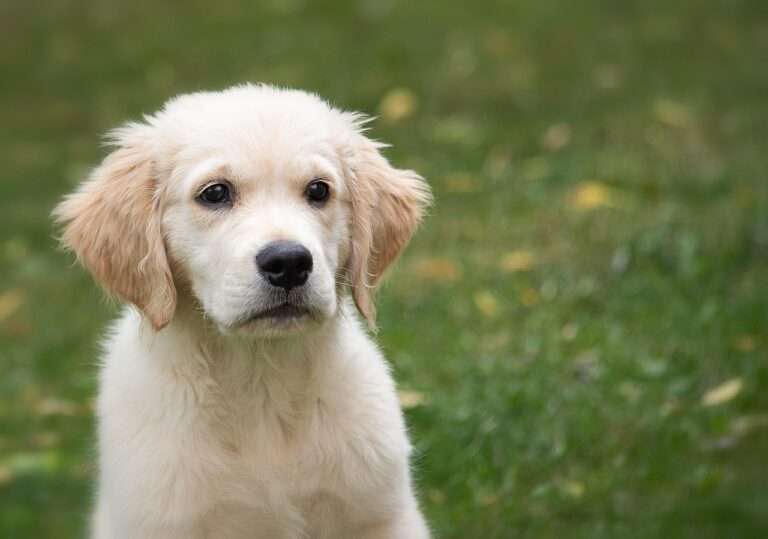
In this Guide:
It starts with the parents!
Just as a child inherits characteristics from their parents, a puppy’s future is deeply influenced by the traits and qualities of its dam and sire (mom and dad).
Temperament
Breeders should select breeding pairs that exhibit the temperament characteristics described in their “breed standard” – (a written description of the ideal specimen of a breed).
Temperament refers to a dog’s natural or learned behavioral traits and tendencies, including sociability, aggressiveness, fearfulness, playfulness, energy level, trainability, independence, protectiveness, calmness, and affection. It shapes a dog’s personality and how they respond to various situations and interactions. Understanding the temperament of a puppy’s parents is crucial because these traits are often hereditary, influencing how the puppy will respond to its surroundings, people, and training.
When evaluating parents, it is easiest to refer to the list of traits from the AKC to determine temperament.
- Affection level with family
- How they react with young children
- How they react with other dogs
- How they react with livestock or small animals
- Openness to strangers
- Playfulness level
- Watchdog/Protective nature
- Adaptability level
- Energy level
- Mental stimulation needs
A breeder should be able to describe the temperaments of each parent. While in-person meetings with the dam and sire provide valuable firsthand insight when possible, other indicators include examining any “titles” – (a certification of completion for a test or sport), such as the AKC’s Canine Good Citizen Test (CGC), sports achievements, or the dog’s current job (service dog, ranch dog, etc.).
An easy way to gain insight on the temperament of the parents is to inquire about the AKC Temperament Test. This standardized test provides a clear assessment of a dog’s temperament, including their reactions to various situations and stimuli. Breeders who are dedicated to producing well-tempered dogs will often have the results of these tests readily available, allowing you to make an informed choice.
A breeder who states their dog’s have the temperament to “do anything” is a red flag – it’s nearly impossible for a dog to be both a good guard dog and accepting of strangers and new animals, or both independent and aloof and also low maintenance and easy to train.
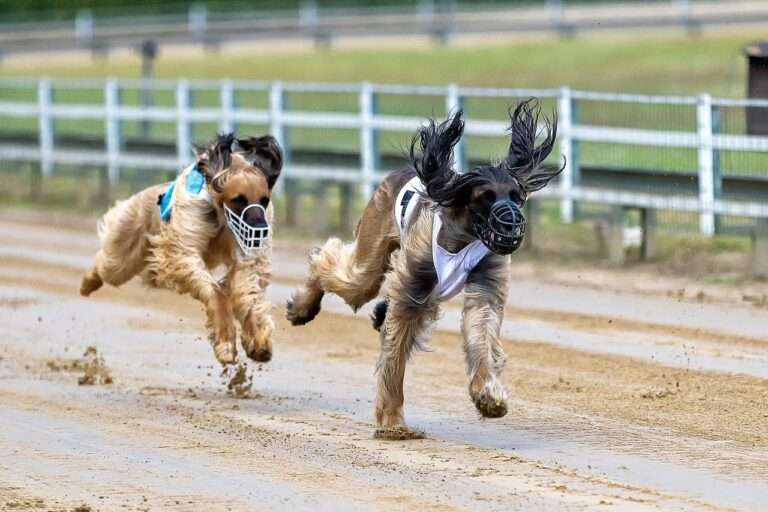
Activities
Evaluating whether the parents of a puppy compete or participate in breed-appropriate sports and activities is a crucial consideration when choosing a breeder for your next puppy. Participation in sports or activities indicates that the breeder possesses breed-specific expertise, ensuring a deep understanding of the breed’s unique needs and characteristics.
Dogs engaged in these activities tend to be healthier and more physically fit, which contributes to the overall well-being of their offspring. Such activities often prove a well-balanced temperament and behavior in the parents, traits that are likely to be passed on to their puppies.
Additionally, breeders actively involved in sports and competitions prioritize quality breeding, adhering to breed standards and aiming for a higher standard of excellence in their puppies. Finally, the participation of dogs in activities and sports often results in documented performance records that offer valuable insights into their capabilities, achievements, and suitability for breeding.
Here is a list of activities and sports that can help determine a quality breeder:
- Hunting
- Conformation
- Rally
- Obedience
- Protection work/vitework (IGP, Mondio Ring, Ring Sports)
- Canicross/Mushing
- Weight pull
- Barn hunt
- Coursing
- Agility
- Service work
- Therapy work
- And more!
Look for a breeder who does activities with their dogs that you would like to do with your future puppy – this makes it likely that your dog will enjoy those activities with you!
Breeders claiming their dogs don’t need to do ANY sports or activities is a red flag.

Conformation
Conformation refers to how closely a dog’s physical traits and structure align with the breed standards established by registries like the American Kennel Club (AKC). These standards define the ideal attributes, such as size, shape, coat color, and more, that allows each breed to do their unique jobs.
Conformation isn’t just about a “pretty” dog – a dog with good conformation is a dog who moves freely, is less likely to develop structural issues, and is physically able to do their “job”.
A breeder should be able to point out the “faults” – (parts of the dog that do not fit the standard) for each parent and explain the sire and dam will compliment each other, reducing faults in their puppies. No dog is perfect, so a breeder who says “These dogs have no faults!” is a red flag.
The following are examples of conformation titles (AKC):
- Champion (CH)
- Grand Champion (GCH)
- Bronze, Silver, and Gold Grand Champion (GCHB, GCHS, GCHG)
- Best in Show (BIS)
- Best in Specialty Show (BISS)
- Award of Merit (AOM)
If your breeder doesn’t show their dogs in conformation, they should explain why (mixed breed, a new breed that isn’t in the AKC yet, etc.). They should also have other breeders and professionals evaluating their dogs to help point out any possible faults.
If a breeder claims they are the only ones who look at their dogs’ conformation, and they don’t need anyone else to evaluate their dogs, it is a red flag.
Color
When the color and markings of a dog deviate from the breed standard, it can raise concerns about mixed breeding or potential health issues. This is why referencing your future breed’s standard for color and markings is a valuable practice when making a decision about your next puppy. Paying close attention to these details helps you avoid potential pitfalls, such as mixed lineage and false advertising.
For example, French Bulldogs are often sold as merle – French Bulldogs do not carry the merle gene. In order to get a merle French Bulldog, another breed had to be mixed in!
In another example, silver Labradors have become popular recently, despite not being an official color. Because the “silver” is caused by a dilute gene, these silver Labs are prone to skin issues such as allergic reactions and alopecia.
A breeder using “rare” or “unique” colors as a selling point, or charging different amounts for different colors, is a major red flag.
*Refer to the AKC website to determine colors and markings that are acceptable for your breed.
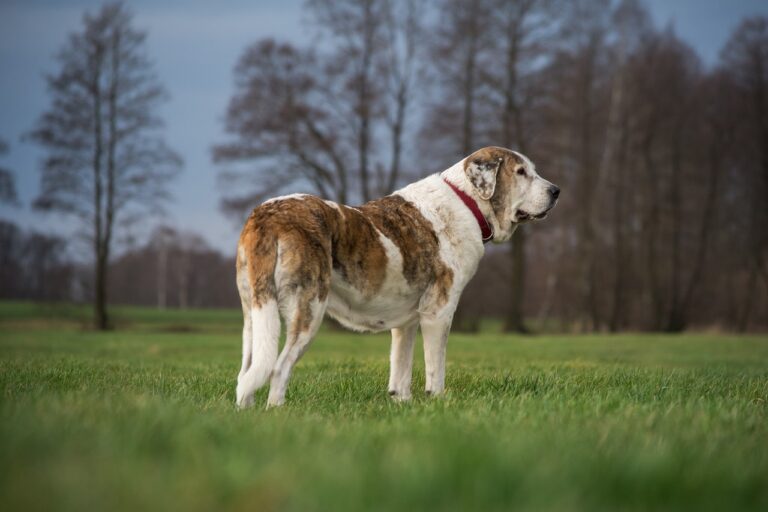
Size
Unscrupulous breeders frequently breed dogs who are far out of standard (either bigger or smaller) to make more “unique” dogs and charge extra for them.
When a dog’s size deviates from the standards, it can mean that a dog is actually a mixed breed. Sometimes, bad practice has been used to get dogs of that size – like only breeding the smallest dogs from a litter, regardless of their health.
Another common issue with dogs who are outside the standard size is poor conformation – breeding two very differently sized dogs (like a miniature Poodle and a Golden Retriever) can lead to joints or organs that are either too small or too large for their puppies – meaning shorter lifespans or expensive vet bills!
Breeding dogs outside the standard for size also prevents predictability – an 80 pound dog and a 40 pound dog won’t necessarily have 60 pound puppies – they could range from 30-90 pounds!
Breeders advertising giant or miniature versions of breeds (such as a “King Poodle” or “Teacup Chihuahua”), or creating a crossbreed of different sized breeds (like a Miniature Poodle and Bernese Mountain Dog) are a red flag.
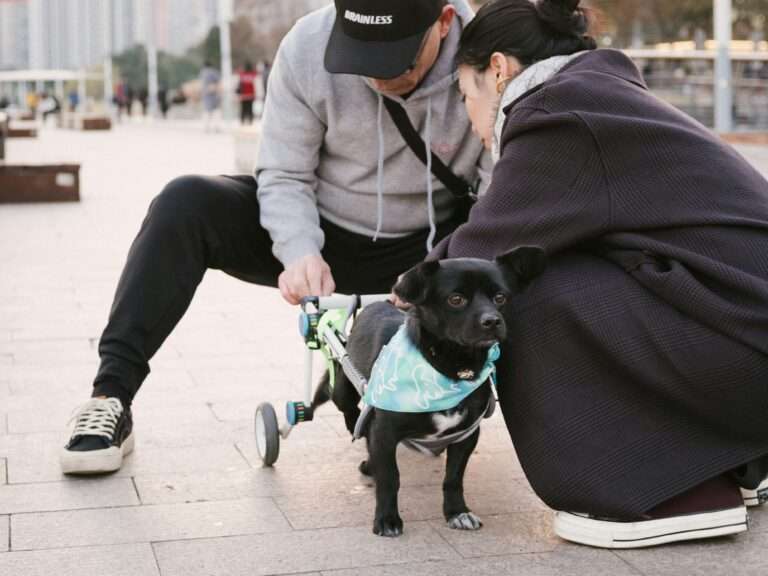
Health
Ensuring the good health of your future puppy begins with a thorough examination of the parents, beyond a simple checkup. Health testing is a critical step to identify and address potential health issues that may be passed down to the offspring.
Every breeding dog should have a genetic screening, their joint health checked via X-ray, and any other breed-specific recommendation.
Information for health testing is typically found on the Orthopedic Foundation for Animals website, OFA.org. You can type a dog’s full name into the search bar on their website to pull up all of their results!
Each parent should have a CHIC (Canine Health Information Center) certification, meaning they have received all recommended testing for their breed.
Health tested parents help to ensure your dog is unlikely to develop joint problems at a young age, or develop genetic problems like early blindness or neurological disorders. Dogs often hide pain, so it isn’t uncommon for a dog to appear “fine” when they actually have extreme joint pain!
Health tested parents doesn’t mean your dog won’t have ANY issues, but it does mean they are much less likely to have painful and costly ailments!
Breeders who say, “My dogs go to the vet every year, so they don’t need more health testing!” or “My dogs work every day and seem fine, so they don’t need health testing!” are a red flag.
Lineage
Breeders should be able to tell you about the “lines” – (recent ancestors) of your future puppy, including their average lifespan, any common diseases, and any temperament or training issues.
Usually, breeding dogs are still young – but it’s great to know what to expect as your dog ages!
Breeders should meticulously examine both the health testing results and the lineage’s history when pairing dogs to breed.
A breeder who ONLY has information on the parents, but no knowledge of more dogs in the line, is a red flag.
Complementary Parents
Choosing which dogs to pair up for breeding should take into account their individual strengths and any different faults they may possess. These differences should balance each other out. Breeders should aim to produce puppies that inherit the best of both parents, minimizing weaknesses and maximizing desirable traits.
Prenatal
Prenatal care is a vital component of responsible breeding, and it begins long before a puppy’s arrival. The expectant mother’s well-being is paramount, and keeping her stress levels low is of utmost importance. A serene and stress-free environment contributes to the overall health of both the mother and her developing puppies.
Additionally, meticulous attention is paid to her nutrition to ensure that she receives the essential nutrients required during pregnancy. Regular health checks and monitoring are part of the process, ensuring that any potential issues are addressed promptly. This comprehensive prenatal care not only enhances the health and well-being of the mother but also sets the stage for the healthiest possible start in life for her puppies, emphasizing the commitment to their welfare from the very beginning.
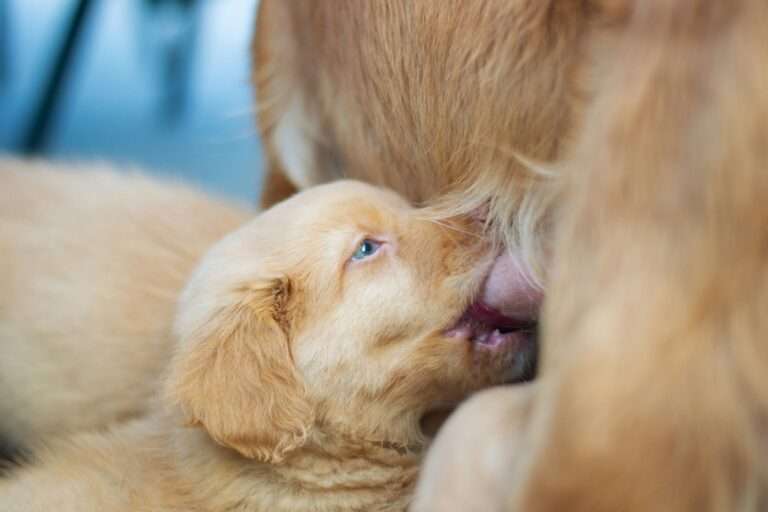
Whelping
The whelping process is a critical phase in the journey of responsible breeding. Creating a conducive environment for the mother and her puppies is of paramount importance. This involves providing a whelping pen with bumpers to ensure the safety of the newborns, preventing accidental harm. The choice of a non-smooth surface aids in preventing slipping and ensures a stable footing for the puppies as they take their first steps into the world. Meticulous puppy tracking is part of the process, allowing breeders to monitor their progress and development closely. Equally crucial is supporting the mother during this time, as she tends to her precious offspring. These considerations highlight the dedication to ensuring a safe and nurturing environment for the whelping process, ensuring a healthy and secure beginning for the newest members of the family.
First 8 weeks
The first 8 weeks of a puppy’s life are a critical period, and a good breeder recognizes the importance of comprehensive care during this formative time. They ensure that the puppies are exposed to various experiences, from a non-smooth surface to gently managed nail care, fostering their confidence and adaptability. Practices like Early Neurological Stimulation (ENS), Early Scent Introduction (ESI), and programs like Puppy Culture and Avidog are integrated into their early development, providing a strong foundation for their future growth. An expanding pen filled with an array of objects and stimulating sounds enriches their environment, while early socialization with people and other puppies instills vital social skills. Access to toys, diverse surfaces, stairs, sights, sounds, and more creates well-rounded pups. As the weeks progress, one-on-one training is initiated around the 6-week mark, encompassing leash work, crate acclimation, grooming familiarity, tethering, public exposure, and obedience training. These diligent practices during the first 8 weeks contribute to producing well-adjusted, confident, and trainable puppies, setting the stage for a lifetime of happiness and partnership.
Temperament Testing/Placement
When it comes to finding the perfect match between a puppy and their future home, responsible breeders prioritize temperament over superficial factors like color or markings. Placing puppies based on their temperament ensures that they align seamlessly with the client’s preferences and the dynamics of their household. This careful consideration encompasses temperament testing and placement protocols, such as those offered by organizations like Volhard, Avidog, and more, which are typically conducted around the 7th week of a puppy’s life. These tests assess a range of behavioral traits, helping breeders make well-informed decisions regarding the most suitable home for each puppy. It’s a commitment to creating lasting bonds between puppies and their new families, based on compatibility and an understanding of each pup’s unique temperament, which ultimately results in happy, harmonious households.
Contract
Selecting the right breeder is an important decision in your journey to bringing a new canine companion into your life. One crucial aspect to consider is the presence of a detailed contract, which serves as a fundamental document that outlines the terms and expectations of your agreement. A reputable breeder will often include a health guarantee option in this contract, assuring you of the puppy’s well-being. Equally significant is the inclusion of a take-back option, signifying the breeder’s commitment to the dog’s long-term welfare. This demonstrates a breeder’s dedication to responsible practices and the lasting happiness of their puppies in their forever homes. So, when choosing a breeder, be sure to examine the contract carefully, ensuring it offers both a health guarantee and a take-back option, thereby safeguarding your future with a healthy and harmonious companion.

Closing thoughts
As we wrap up this guide, it’s essential to acknowledge that while our recommendations provide a comprehensive approach to finding a suitable breeder, real-world circumstances may vary. Practical constraints such as waitlists are common, and we understand the urgency many feel in welcoming a new pet.
It’s crucial to do your best in adhering to the principles outlined here, even when faced with challenges. A reputable breeder is fundamental to ensuring your future canine companion’s health and happiness. Despite potential hurdles, armed with the insights from this guide, you can navigate your journey to find a furry friend with confidence. Remember, patience and persistence in seeking responsible breeding practices will contribute to a rewarding and lasting companionship.
In summary, we’ve covered key aspects—from scrutinizing parent temperament to understanding conformation, color, size, health testing, lineage, and responsible breeding practices. It’s crucial to do your best in adhering to the principles outlined here, even when faced with challenges. A reputable breeder is fundamental to ensuring your future canine companion’s health and happiness. Despite potential hurdles, armed with the insights from this guide, you can navigate your journey to find a furry friend with confidence. Remember, patience and persistence in seeking responsible breeding practices will contribute to a rewarding and lasting companionship.
Equipped with the knowledge shared in this guide, you can confidently embark on your journey to find the perfect puppy for your home. Keep in mind that maintaining patience and persistence in your search for responsible breeding practices will play a key role in fostering a rewarding and enduring companionship. Best of luck in discovering the perfect addition to your family!
